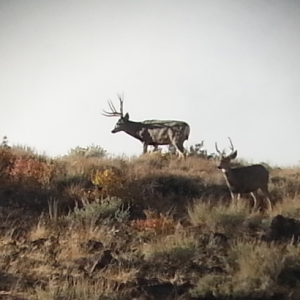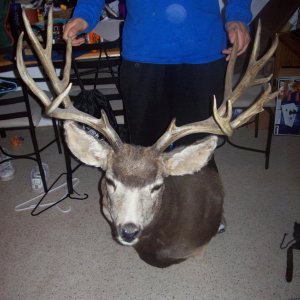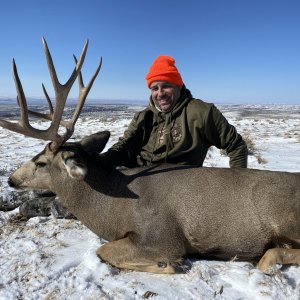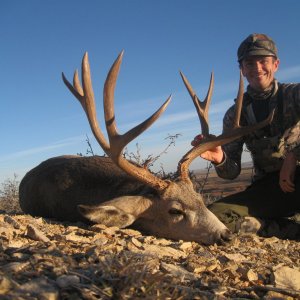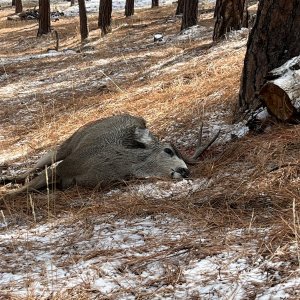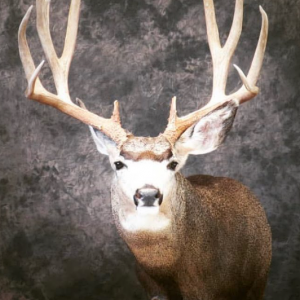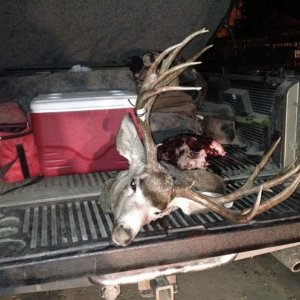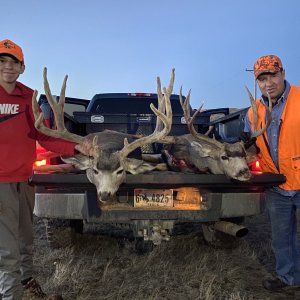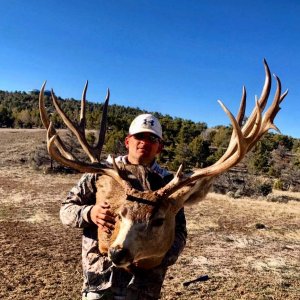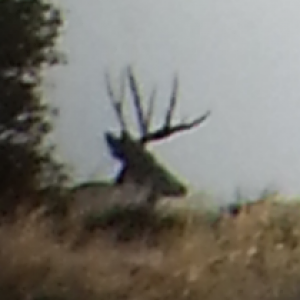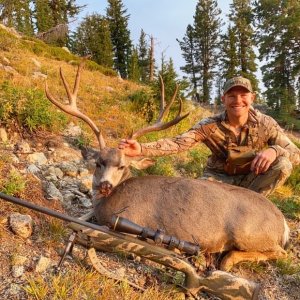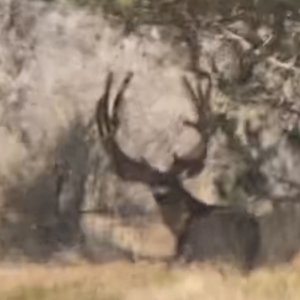L
lgriffiti
Guest
I have a bit of a dilemma...
I have an area that I have hunted nearly all of my life. The past 5-6 years, we've seen and noted a number of nice bucks (24"-28") type of bucks...not monsters but respectable. Everyone within my group is seriouos hunter. By that, I mean we don't drop the trigger on just anything with the hope of getting the opportunity at something better. In otherwords, we don't shoot this type of deer and usually eat "tag soup" without complaints, hoping that these "nice" bucks will grow into something better. Also, the area doesn't seem to get much pressure and not many bucks are taken. I should also add that these bucks don't appear to be old - 3-4 at the most. The number of bucks of this type is good.
My question is why don't we see anything better? I believe that genetic potential is there as we have taken nice bucks in the past. I would love to hear some opinions.
-lgriffiti
I have an area that I have hunted nearly all of my life. The past 5-6 years, we've seen and noted a number of nice bucks (24"-28") type of bucks...not monsters but respectable. Everyone within my group is seriouos hunter. By that, I mean we don't drop the trigger on just anything with the hope of getting the opportunity at something better. In otherwords, we don't shoot this type of deer and usually eat "tag soup" without complaints, hoping that these "nice" bucks will grow into something better. Also, the area doesn't seem to get much pressure and not many bucks are taken. I should also add that these bucks don't appear to be old - 3-4 at the most. The number of bucks of this type is good.
My question is why don't we see anything better? I believe that genetic potential is there as we have taken nice bucks in the past. I would love to hear some opinions.
-lgriffiti

